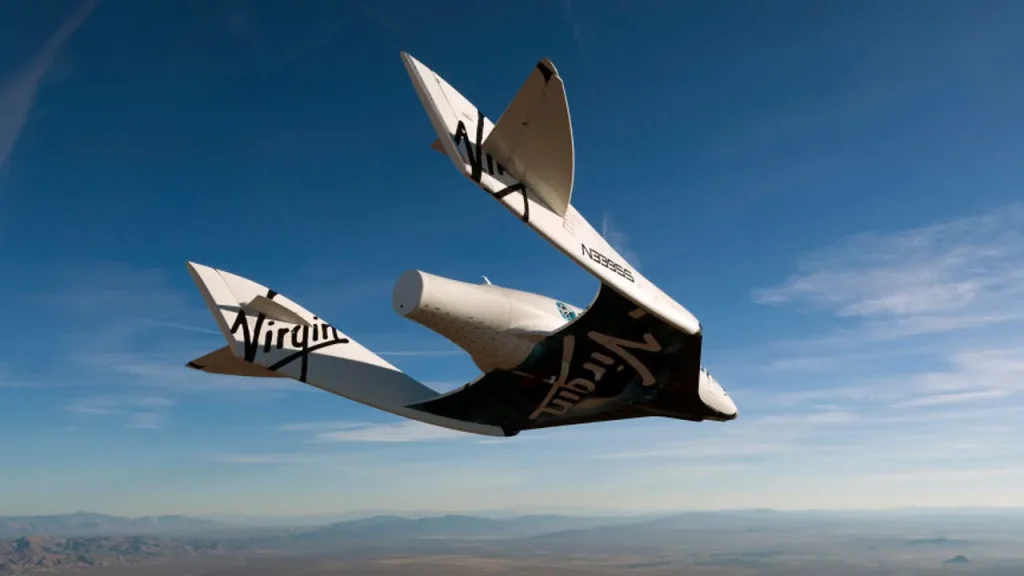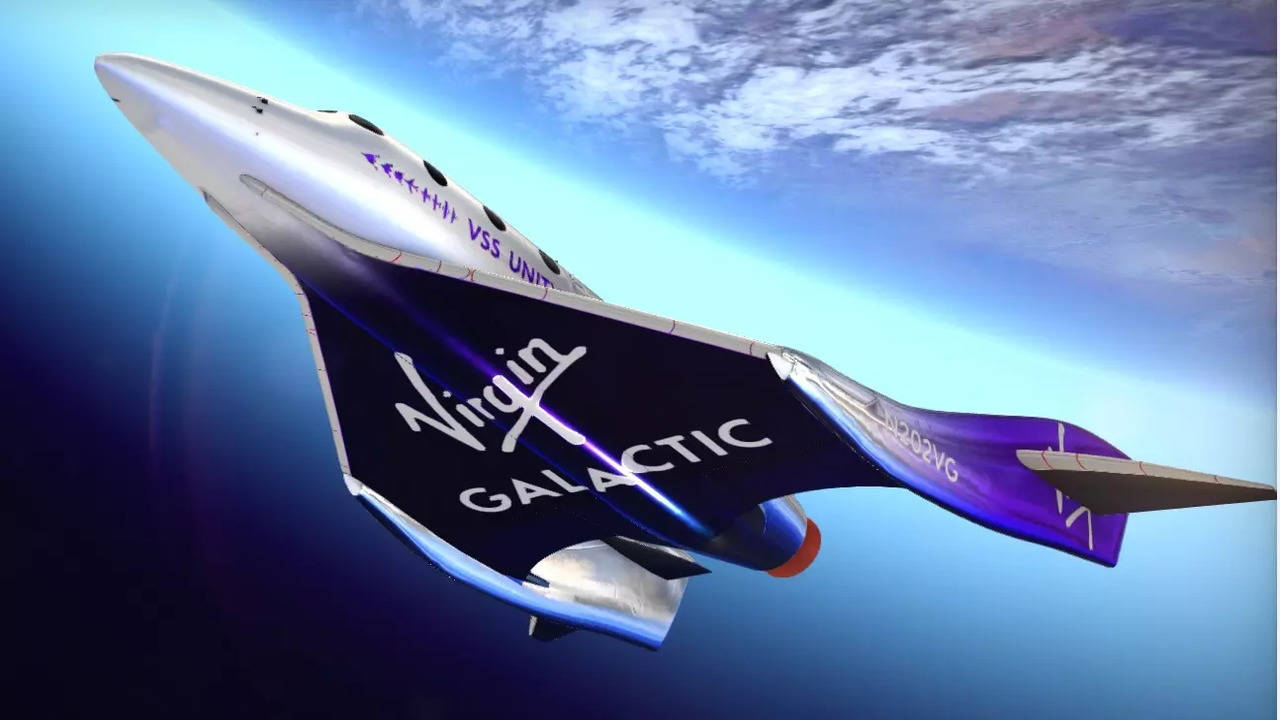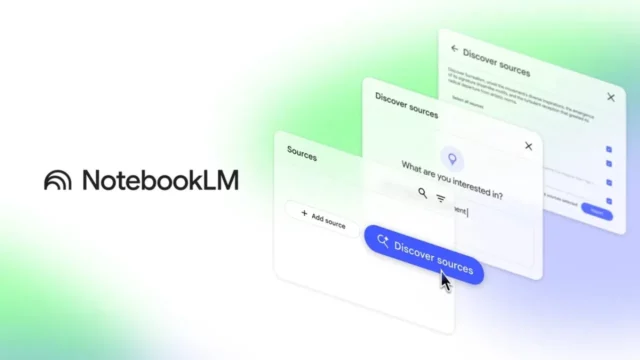If you are not an astronaut and want to go to space, there is only one condition left: you must be rich. Wanting to watch the view of Earth from the International Space Station is quite burdensome. But there are companies that do this. Virgin Galactic is just one of these companies. Virgin Galactic has yet to achieve these goals. But the company has reason to celebrate its achievements over the past six months. Here are the details…
Alan Stern himself went into space with Virgin Galactic after the Pluto Mission!
Over the course of this year, we’ve watched Virgin Galactic put together six flights into suborbital space. Richard Branson founded this company in 2004. His purpose in establishing this company was to open the space flight experience to ordinary people and make some money in the process.

On Thursday, the company flew its last Virgin Galactic mission. After the SpaceShipTwo rocket plane fell from the belly of a jet-powered carrier plane over New Mexico, it carried 6 people, including three company employees and three passengers, to an altitude of 87.2 kilometers. After a one-minute burn of the hybrid rocket engine, SpaceShipTwo reached the top. It then descended back to Earth for a landing on a pad at Spaceport America near the White Sands Missile Range.
There were also some well-known faces from the space world on this journey. Among the passengers on SpaceShipTwo was Alan Stern, who completed the first robotic exploration of Pluto. Alen Stern is a planetary consultant. He is also known for leading NASA’s New Horizons Mission. He also works as an entrepreneur and space industry consultant.
He managed all of NASA’s science programs during his tenure at the space agency’s headquarters in 2007 and 2008. He currently serves as vice president at the Southwest Research Institute in Boulder, Colorado.
This space trip was a great opportunity for Stern. He had the opportunity to crown the research he had been carrying out on Earth for years by going into space. Stern applied to NASA’s professional astronaut corps six times. However, it was slightly interrupted. Southwest Research Institute paid for Stern’s flight on Thursday.
“It is unusual, perhaps even unique, to fly a space mission solely as a training exercise. But it is a testament to the increasing normalization of spaceflight,” Stern wrote in a blog post. He included his words.














